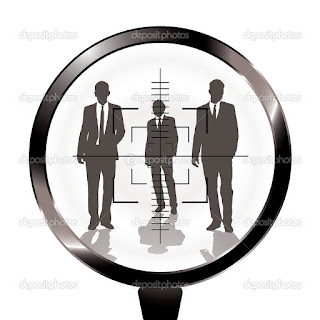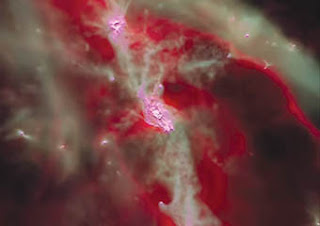Time travel is what we call the notion of moving from one point in time to another, by means other than simply existing throughout the passage of time. If my present self were to somehow physically visit the past or the future, I would have achieved time travel.
Popular science suggests that time travel should be possible in some way, shape or form but the truth is, humans know too little about time itself to claim with much confidence that time travel is either possible or impossible.
We have a general idea of how time behaves, based on how we perceive events unfolding in the universe around us. We can clearly distinguish between points in time. We distinguish things that have happened (the past) from things that are happening (the present) and we can speculate about or anticipate the future–things that have not happened yet. Our understanding of what time is depends upon the manner in which we experience the passage of time.
What if everything we think we know about time is wrong?
Scholars once assumed all time is linear (flows in on direction: past to present to future) and an inflexible constant, based upon the way we observe events unfolding in the universe around us and the effects that the progression of time has on our minds, bodies and environment.
Learning more about our cosmic neighborhood and the way celestial bodies interact with each other has lead academics to believe that time is not so simplistic in nature. Now, mathematicians and physicists have come to regard time as more of a fluid and complex entity.
In his article “IS TIME TRAVEL POSSIBLE?” Dr. Michio Kaku, Professor of Theoretical Physics at the City University of New York explains how Albert Einstein’s Relativity Theory led him to reject the notion of past, present and future as anything more than illusions invented to satisfy the human mind.
Instead, he suggested that what we call time is something like a river with currents that slow or speed up depending on velocity and proximity to certain celestial bodies. Kurt Gödel had also previously suggested this theory, further stating that this “river” would be populated by “whirlpools” that bend time into a sort of circle and traveling along the curve of this circle would ultimately make going backward in time possible.
The notion of traveling backwards in time presents a very popular set of problems though. The Grandfather Paradox, for example, presents the following question: if I were to travel back in time and change my own past in a way that would cause my present self to not have ever been born, how could I have ever existed to travel back in time in the first place? Not to mention, if humans in the future will achieve the capability to travel back in time, where are all the time travelers?
Quantum Physics presents an elegant solution to the above problems via Multiverse Theory which says there may be multiple universes existing in parallel. So, there would be a universe for every single possible event and outcome—a universe for everything that has ever happened and will happen, and universes for everything else that ever could have happened and might happen in the future.
In this case, some multiverse denizen travels back into the past and changes the future. History as we know it continues as we’ve always known it but the time traveler has shifted to a new timeline and now exists in a universe in which a time traveler journeyed to the past and committed whatever act created that universe’s particular outcome of that event.
If anything, these clashing arguments serve to drive home the point that what we know of the universe is extremely limited. We can only interpret the function of a universal mechanism such as time based on our limited understanding and capabilities. Our current knowledge of quantum physics and cosmology only allows us to theorize that time travel might be achievable.
Whether or not humans have the wherewithal to accomplish it someday is something that will have to be left to the imagination, for the time being. Sadly, most time travel stories hit that wall of causality and wind up detouring to that sad, sad place where TV tropes go to die.
As a speculative fiction writer, I WANT to believe in the possibility. As a sci-fi fan, I long to read a truly interesting time travel story that chucks out all the old cliches and gives voice to a truly entertaining, yet plausible tale. Is there a writer out there who can satisfy this desire?
Dare I try? Dare you?














